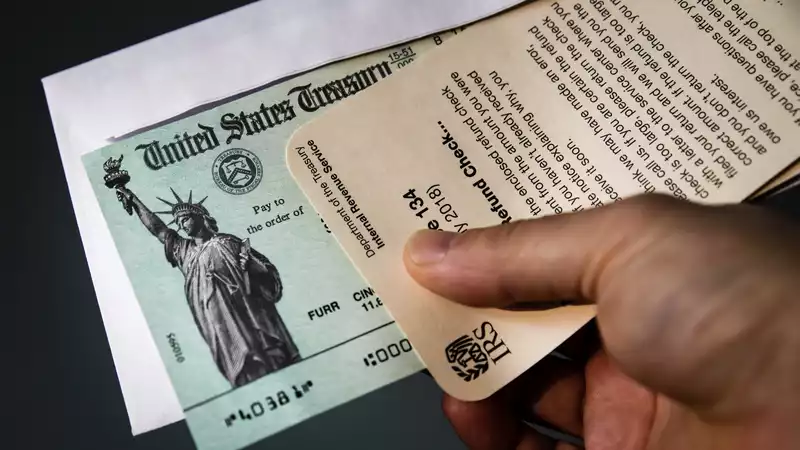President Trump announced several Executive Orders over the weekend, including one that would extend federal unemployment benefits of $400 per week through the end of the year.
However, it does not include a stimulus package2 and with talks between Democrats and the White House apparently at an impasse, it is unclear if (or when) new direct payments will be made.
Treasury Secretary Steven Mnuchin, who is negotiating on behalf of the White House, said Monday that he is open to resuming talks, adding that he is "prepared to put more money on the table."
However, he did not offer a timeframe. Negotiations on the second round of the stimulus package concluded last Friday, with the two sides disagreeing sharply on unemployment relief and overall spending.
Thus, the second round of the stimulus package was left in limbo. All parties have generally agreed to provide an additional $1,200 in benefits to eligible Americans, but this will not happen unless a larger relief bill is passed.
As CNBC explains, a White House executive order cannot legally authorize stimulus 2 spending. Even unilateral presidential action to continue federal unemployment benefits could run into legal problems.
Once an agreement is reached, checks could be disbursed within a week. If the next bailout bill is passed this month, the second round of stimulus could be timed for late August or September.
The first round of federal unemployment benefits provided under the CARES Act expired in July, leaving millions of Americans who were counting on an additional $600 per week in benefits without a clear path to relief.
President Trump's Executive Order extends federal unemployment benefits at $400 per week for the remainder of 2020. In most cases, the federal government would pay $300 per week and states would pay an additional $100.
However, President Trump has stated that the federal government may make up the difference if the states cannot cover the cost. Federal benefits would come from the Department of Homeland Security's Disaster Relief Fund.
According to CNBC, under the proposed extension, unemployment recipients would get an average of $708 per week in combined federal and state benefits. However, the average weekly benefit varies widely by state, ranging from $456 (Hawaii) to $183 (Louisiana).
Ongoing federal unemployment has been a bottleneck in the stimulus negotiations. While Democrats pushed for the continuation of the $600 weekly benefit, Senate Republicans offered several proposals to reduce and phase out the federal subsidy over two to four months.
If you have not yet received your first direct payment, check the status using the IRS Get My Payment app or call your representative at the IRS stimulus check phone number.










Comments